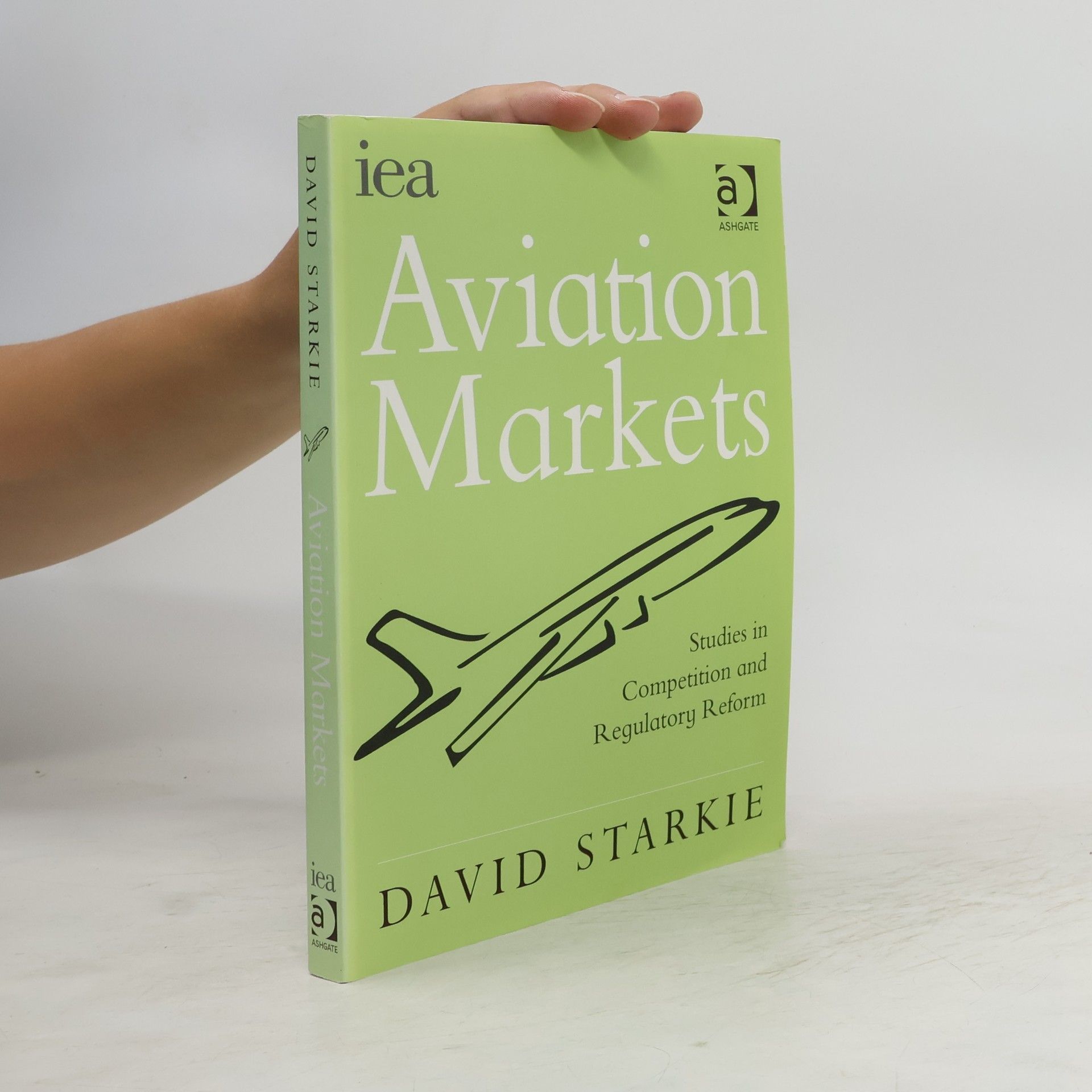Aviation Markets: Studies in Competition and Regulatory Reform is a collection of 17 papers selected from David Starkie's extensive writings over the last 25 years. Previously published material has been extensively edited and adapted, and combined with new material, published here for the first time. The book is divided into five sections, each featuring an original overview chapter, to better establish the background and also explain the papers' wider significance including, wherever appropriate, their relevance to current policy issues. These papers have been selected to illustrate a significant theme that has been relatively neglected thus far in both aviation and industrial economics: the role of the market and its interplay with the development of economic policy in the context of a dynamic but partly price regulated industry. The result provides a strong flavour of how market mechanisms, and particularly competition, can operate to successfully resolve policy issues. The book will be of interest to academics and those engaged in the formulation of aviation policy, such as public administrators and consultants, as well as those working in the aviation industry. It is also relevant to economic studies in a more general context, particularly to students and practitioners in industrial organisation economics, including those studying and researching the public utility industries.
David Starkie Boeken


The Motorway Age: How post-war governments responded to rapid traffic growth
- 202bladzijden
- 8 uur lezen
The M1 Motorway opened 60 years ago and in this timely history of the Motorway Age, David Starkie provides a fascinating history of how and why post war Britain was transformed by new roads, bridges and tunnels. From Prime Minister Clement Attlee to Margaret Thatcher the policy agenda is unfolded, showing that alongside atomic power and Concorde, the new technology of motorways captured the imagination of the nation before collapsing into controversy. But why were elaborate road schemes first considered necessary; why an early concentration on building roads between cities; how did cities cope in the meantime with a rising tide of traffic; how did they continue to cope once road plans were abandoned; how did policies translate into decisions to build particular roads and when to build them, and did political considerations dominate? This generously illustrated book focuses on these and similar issues, picking out the most important events and personalities involved and provides a valuable insight into ‘how’ and ‘why’ road policies changed during the forty years following the Second World War.